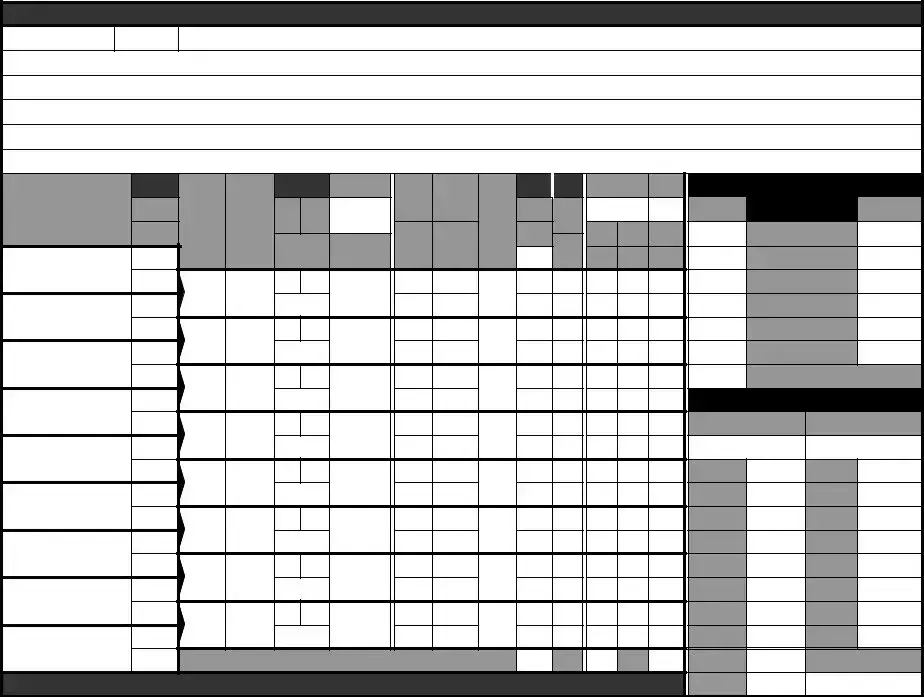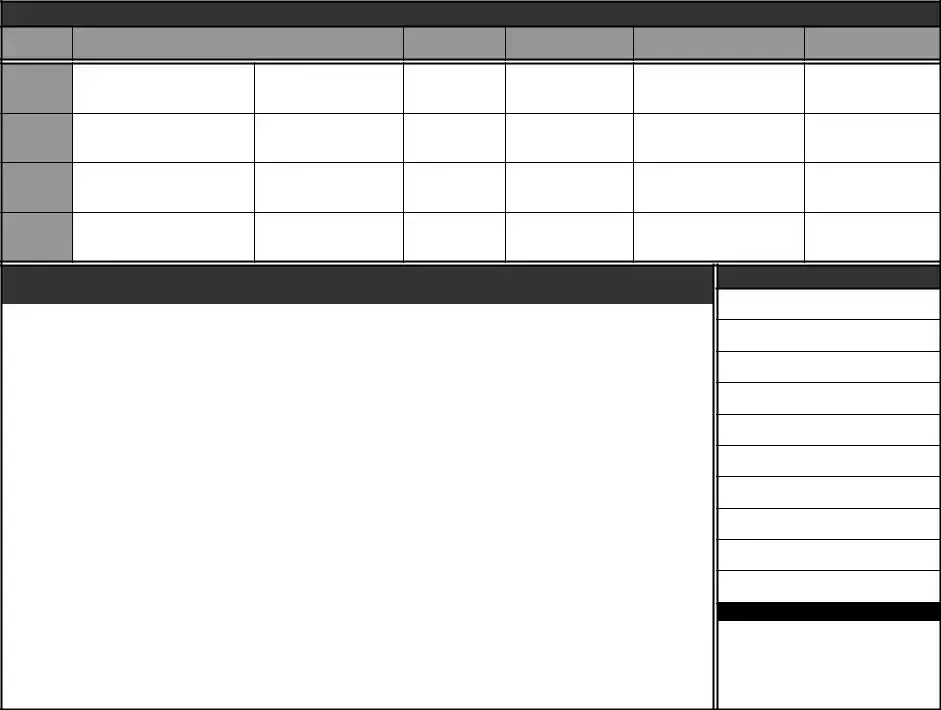The IFR Navigation Log form serves as a foundational tool for pilots navigating the complexities of instrument flight rules. Designed to encapsulate critical flight information, the form meticulously organizes data pertaining to aircraft specifications, departure and destination details, and crucial navigational parameters. Within its structured layout, users find designated spaces to enter aircraft identification numbers, wind conditions, course headings, and planned altitudes. Moreover, it requests the inclusion of vital airport advisories and en route checkpoints, ensuring that pilots maintain awareness of potential hazards. As flight planning demands precision, the form includes sections for weather logging, enabling pilots to record both reported and forecasted conditions, such as ceiling and visibility. Essential for safe flight operations, it also prompts the pilot to delineate their fuel status and allocate alternative airports should unforeseen changes arise. Regulatory compliance is reinforced through its requirement for logging estimated times en route and arrival, while also accommodating special equipment notations. Ultimately, the IFR Navigation Log stands as a testament to meticulous aviation planning, serving both as a record and a guide throughout the journey.


